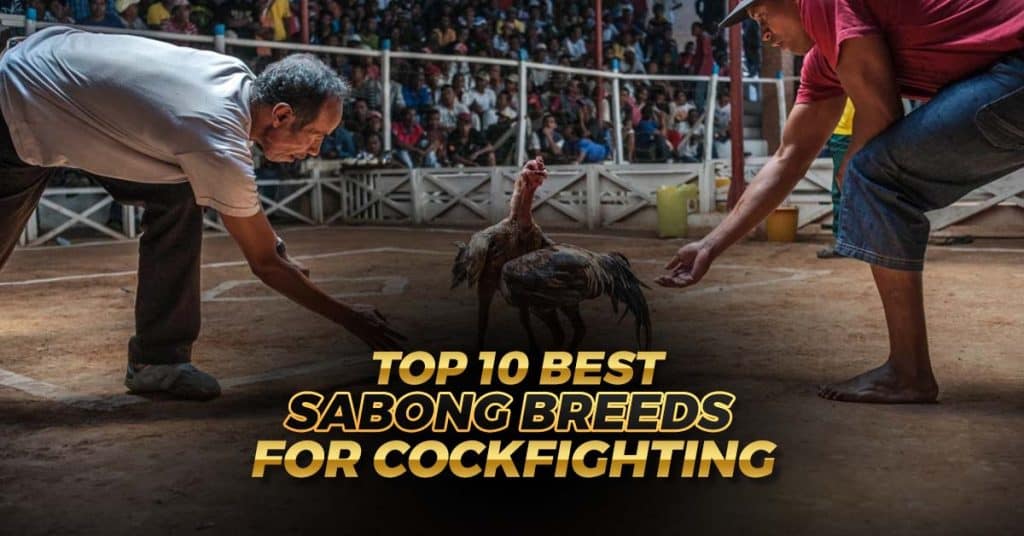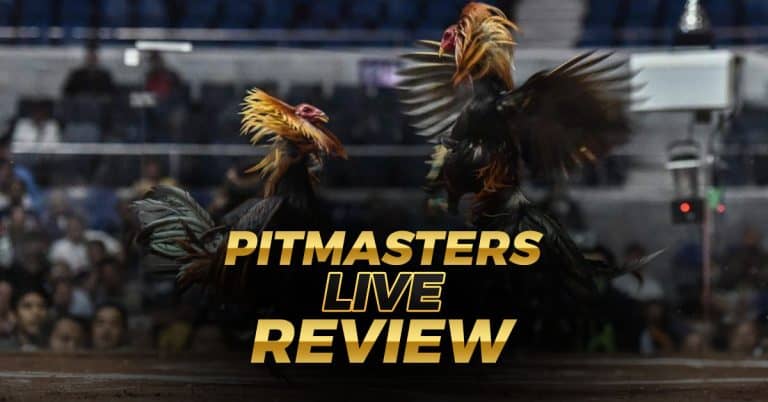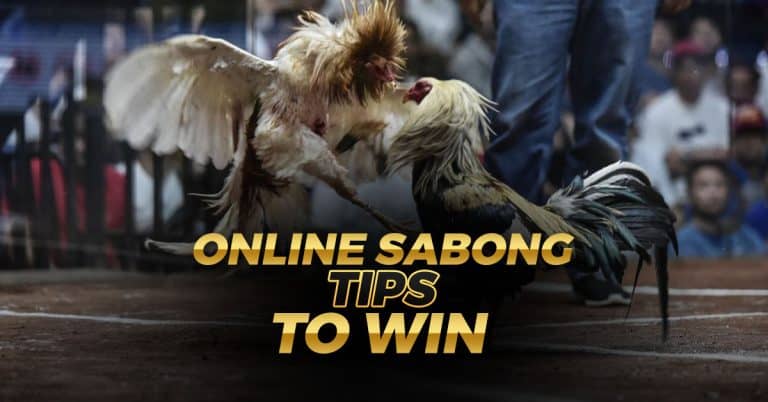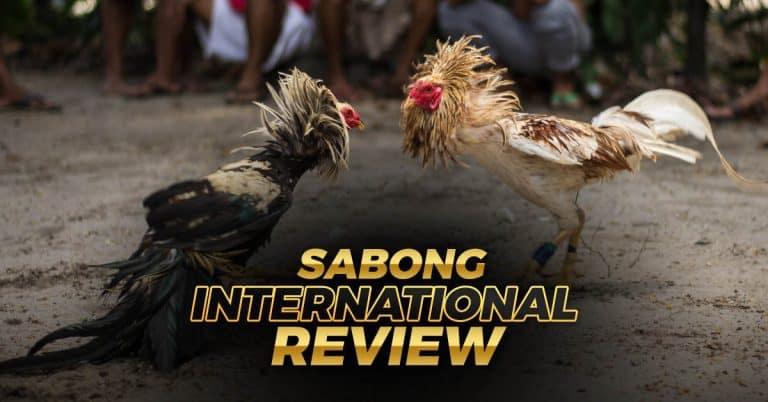From Shamo to Asil: The Top Sabong Breeds for Serious Competitors
Not all roosters can be thrown into a cockpit and made to fight and the best roosters are selectively bred to ensure that they’re more aggressive and have more stamina and strength compared to other roosters. Breeders selectively breed roosters to improve them and improve their chances of winning against other roosters. It is safe to say that when you go play sabong through Go Perya, you’ll need to keep an eye on the breeds that’ll compete. Knowing the top sabong breeds is one important tip to winning online sabong bets.

What Makes a Sabong Rooster Great?
Both individual cockfighters and the top breeders always keep an eye out for which breeds are the best to raise. Gamefowls are breeds that are dedicated to fighting other cocks, which means that they have aggressive temperaments at an early age. Breeders will need to separate such roosters from others to keep them from fighting one another. What dictates what a top gamefowl is like will naturally include a number of factors, including the following:

Experts agree that there is no perfect breed of gamefowl, but if one breed produces plenty of winners in multitudes of matches, then that breed will more likely produce winners in the future than other breeds. Of course, even the top rooster breed will be bad in a match if it isn’t fed and trained properly.
Top 5 Sabong Breeds

1. Asil
The Asil is one of the few breeds that are regarded as a traditionally great gamefowl breed. This breed is native to India and Pakistan and is well known for the following:
An Asil rooster is considered a good fighter since it can attack hard and hurt its opponents with only its bare heels. If they can perform well without any blades, there’s a chance that they can perform even better when they’re equipped with them.
The Asil typically weighs around 1.8 to 2.7 kilos and is a small to medium breed for cockfighting.
2. Kelso
The Kelso fowl is a hybrid breed developed by Walter Kelso. This breed resulted from years of trial and error from crossbreeding hens that Kelso inherited from John Madigin with different roosters, including ones from other breeders. Many of the resulting offspring were failures since the offspring were of low quality but Kelso had a breakthrough in 1951 when one of the offspring won two battles. This cock then became a brood cock and produced offspring that then won multiple derby championships.
Today, the Kelso breed is one of the classic gamefowls used in many matches today and they’re currently seeing a lot of action in the Philippines. Kelsos are more known for not meeting the opponent in the air and sidestepping before attacking. The Kelso breed is considered one of the smartest battlecocks.
Many breeders argue that purebred Kelsos lack the ability to compete in modern games but breeders continue creating new bloodlines using Kelsos. Right now, breeders are crossbreeding Kelsos with other breeds to create more lethal bloodlines that still carry the original fighting style of purebred Kelsos.
Currently, breeders are experimenting with crossing Kelsos with Hatches, Roundheads, Sweaters, and Lemons. Others still are trying to produce a White Kelso.
A Kelso is generally a black-breasted red fowl with either white or yellow legs and straight or pea combs.
3. Shamo
The Shamo is a Japanese fowl breed that is renowned worldwide as a fighting cock and is considered one of the best ones out there. This breed was specifically developed as a fighting cock with unmatched courage and ferocity. The Shamo is well known for the following:
Breeders have already used the Shamo breed to cross with others and produce other breeds. Breeds originating from the Shamo line are well-known for their thick feathers.
4. Hatch
The Hatch Gamefowl breed is well-known and originated in the late 1800s and is popular among American lines of fighting roosters. This breed is distinguished for its attack speed, strength, and high stamina while fighting on the ground, making it excellent for sabong matches since the breed doesn’t tire easily. Modern Hatches are typically smarter, quicker, and fly higher compared to previous-generation Hatches while still being able to exhibit their typical vigor and force. Additionally, Hatches match well with Sweaters, Kelsos, and Radios.
The most well-known physical characteristic a Hatch has is its legs. Hatch chickens have featherless and yellowish-green legs that help distinguish them from other breeds. Additionally, Hatches are primarily medium-stationed and pea-combed. One subtype of the Hatch line is considered a secret breed for creating new gamefowl varieties and is known as the Hatch Twist.
Hatch Twist
The Hatch Twist is a breed that’s similar to the Hatch but has a more refined appearance than the main breed. This subtype’s distinguishing feature is a neck with white or yellow feathers that offsets the red of the rooster’s neck.
Hatch Twists are powerful and fast like the Hatch Gamefowl but are more renowned for their “do or die” mentality that keeps them from running away from a fight. Modern Hatch Twist roosters are faster and more intelligent than their ancestors.
5. Sweater
The Sweater is a strong breed that was improved upon by Carol Nesmith from a stock of roosters that were deemed no longer fit for competitive matches. This breed has won multiple derby matches for years in some of the fiercest cockpits in Mexico and the Philippines. Because of this, the Sweater became a breed well-known for its many wins in many areas worldwide.
Early Sweaters were known for their poor stamina but continuous development and evolution by introducing other bloodlines led to the creation of the quick and deadly Sweaters that are known today. Sweaters have the following characteristics that make them deadly and able to win many competitions:
These traits allow Sweaters to force their opponents to submit or to flee.
How to Take Good Care of Fighting Roosters?
Besides knowing which breeds are the best at sabong, breeders must also know how to take care of them to ensure that they’re strong and healthy. Breeders typically focus on developing one breed and crossbreed for the sake of developing one breed. Constant trial and error on what food to feed chickens, what vitamins to give, and which breeds to crossbreed to is involved in the process, but all breeders will need to take care of the following to keep their gamefowl/s healthy:

All of these are essential to keep a rooster healthy and in top shape. Even if someone owns the best gamefowl breed, they still won’t win when they don’t take proper care of them.
How to Train Fighting Roosters?
In addition to caring for fighting roosters, owners will need to train the rooster several months in advance before a match. It’s important to establish authority over the rooster to ensure that they always follow their trainer’s or owner’s instructions.

Roosters typically get aggressive when the mating season starts so it’s rather difficult to handle them at that time. It’s important to watch out for their aggressive pecking, chasing, spurring, and flogging at this time.
It’s easier to raise and train fighting roosters when handling them while they’re still chicks. Owners and breeders can raise a rooster while it’s still a chick and doing so is by far easier than training fully-grown roosters. Handling chicks allows people to condition the rooster to obey the trainer. When training any rooster, it’s important to remember the following key points:
Fighting roosters must be trained and it’s important that the owner is recognized as the alpha, not the rooster. It’s also important to be fully prepared for any challenges a rooster might initiate to keep from losing the alpha status. Finally, it’s important to respect the rooster and give it space.
If you’re a bettor, having access to information on how a rooster is trained and raised can be useful in picking which rooster to bet on. Otherwise, checking the roosters during Ruweda is the best alternative.
FAQs
Conclusion
Different gamefowls have their respective strengths and weaknesses, with some breeds generally being better than others. Currently, Sweaters have one of the highest win rates worldwide but they were regarded as one of the worst breeds. Someday, the top breeds may be rendered useless in competitive matches and other breeds might become better for matches thanks to excellent breeders.
However, even the best breeds won’t be great for matches when they aren’t raised or trained well, so it’s also important to be informed about a particular rooster’s history. When betting on derbies, it’s advisable to research the trainers and gamefowl owners to see how well-trained the roosters are to get a better idea of which rooster will likely win.











